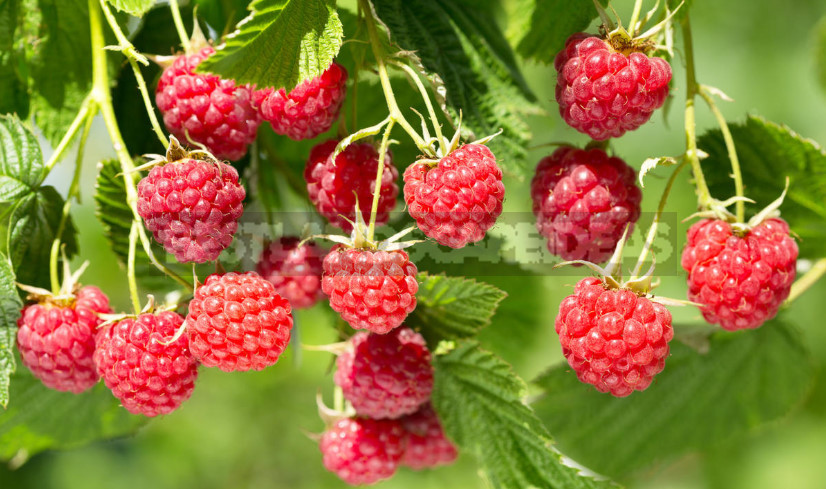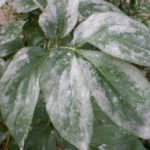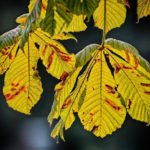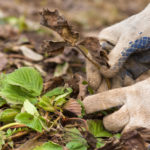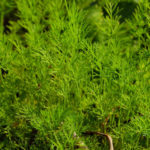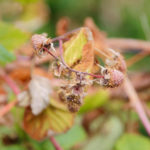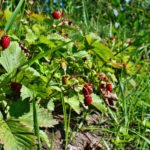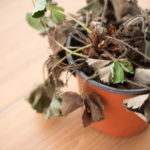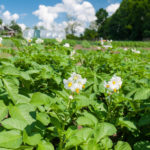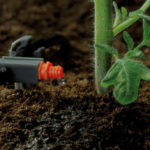Ah, how sweet fragrant raspberries beckon to themselves! Indifferent to this summer delicacy still need to look for! And certainly there is not a single cottager, which on the site would not grow such a unpretentious and productive berry.
We all look forward to the middle of summer to quickly taste the amazing taste of this berry. But when the long-awaited moment of harvest comes, some get raspberries with a surprise – they find disgusting yellowish worms in it. Instead of pleasure – disappointment, and then bewilderment and irritation! How to call this nimble enemy, who managed to “bite” berries, and most importantly – how to save the landing of his invasion?
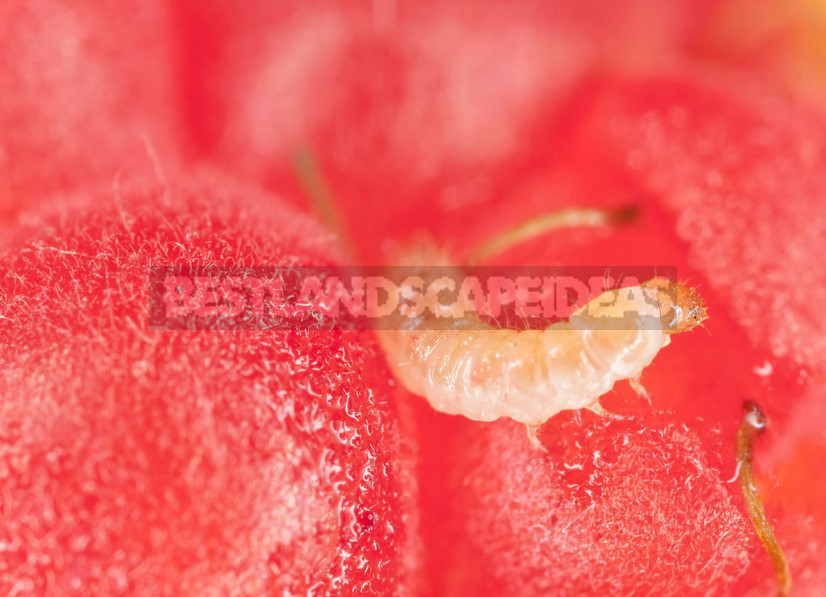
Description of pest
The culprit of damage of the crop — Byturus tomentosus. Despite its small size (4-6 mm), this grayish-red beetle causes significant damage to raspberries. It produces numerous and extremely voracious offspring, which by the time of the harvest manages to ruin a significant portion of the berries, and at a mass reproduction – to deprive of green thumb Goodies.
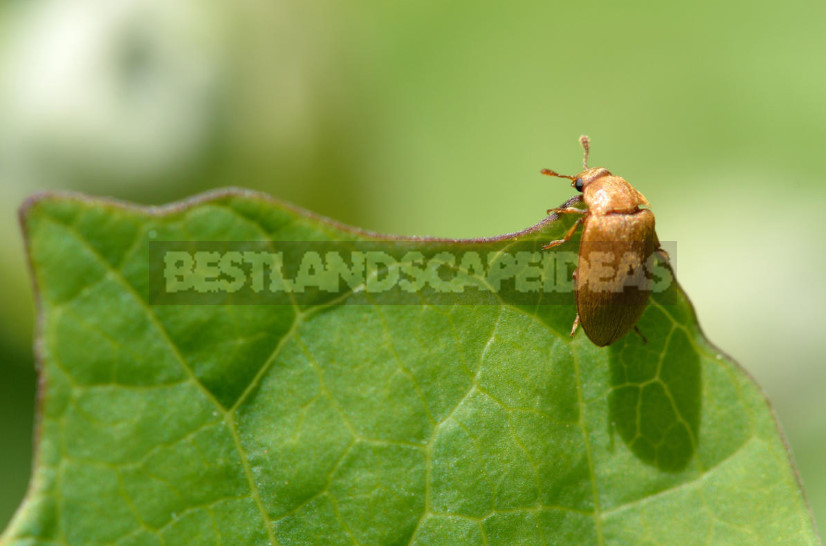
Mischief Byturus tomentosus begin in late April or early may when warming the soil to +10…+12°C. First, they fill the abdomen with young foliage and nectar of early flowering plants, preferring weeds. However, do not disdain beetles and cultivated plants: insects damage the leaves, buds and flowers of Apple, pear, plum, cherry, currant, etc.
For dessert, the pest leaves your favorite raspberries. Beetles move to the bushes and are fed with young leaves, and then proceed to oviposition. The female places one egg in buds or a young ovary of raspberry, and for a short time manages to postpone up to 50 pieces. Of them soon hatch larvae about 6 mm long, which immediately begin to eat the flesh of berries.
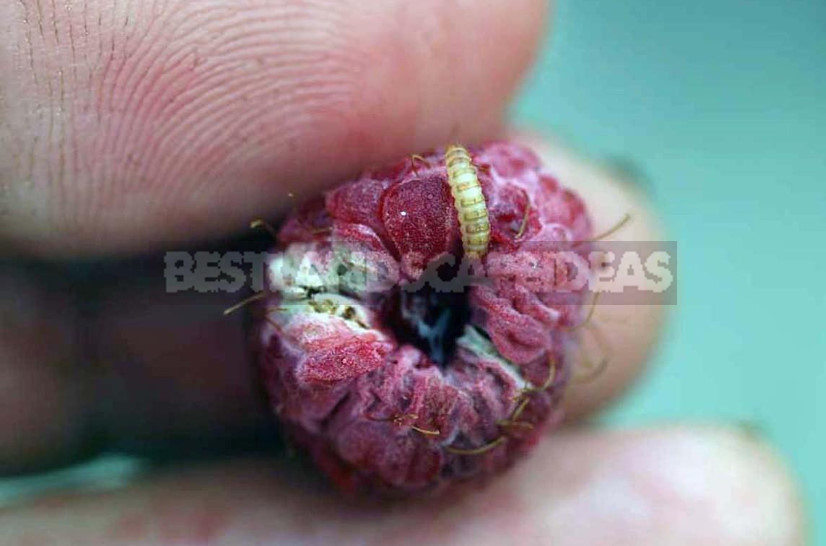
Feast worms continue for 1.5 months, so gardeners often catch them by surprise already at harvest. You can find berries without larvae, but with signs of their recent activity – such fruits usually rot in the stalk, are small and ugly.
Having eaten enough, the larvae leave the spoiled fruits and sink into the soil near the bushes to a depth of 5-20 cm, where they pupate and “Mature” — at the end of summer or September they turn into new beetles. Those, in turn, remain to winter in the soil, and next spring give life to the next offspring of pests.
Control measures
Knowing the cycle of development of this insect, it is easy to prevent its subsequent reproduction and protect the raspberry crop from spoilage. In this case, come to the aid of up-to-date farming techniques, delicate folk remedies, lethal chemicals and biological products gentle.
Agricultural techniques
Before you go to war with Byturus tomentosus, glance over your flower bed with raspberries – isn’t it too dense? Since the autumn and spring digging of the soil in the aisles of the berry, as well as regular loosening of the soil around the bushes can significantly reduce the number of pupated larvae and young beetles, take care of the convenience of such procedures and first of all thin the raspberry planting.
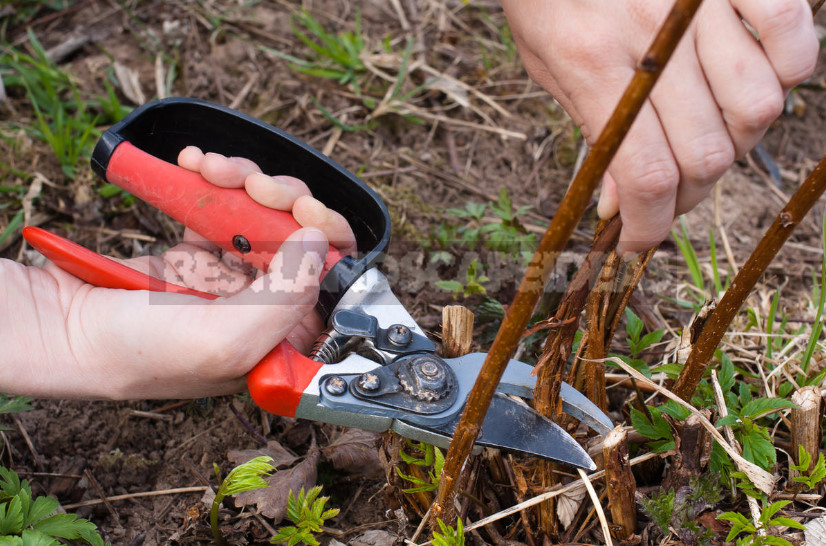
Shortly before flowering, when beetles begin to move massively to the raspberry bushes, spread a tarpaulin, film or any other material under them, and then vigorously shake the branches. Lost balance and crumbled down pests collect and destroy. Some gardeners, who have free time, lovingly wrap raspberry bushes with light non-woven material shortly before the formation of buds and remove the shelter after the blossoming of inflorescences. This mechanical barrier significantly reduces the number of “new settlers” and protects future crops from damage.
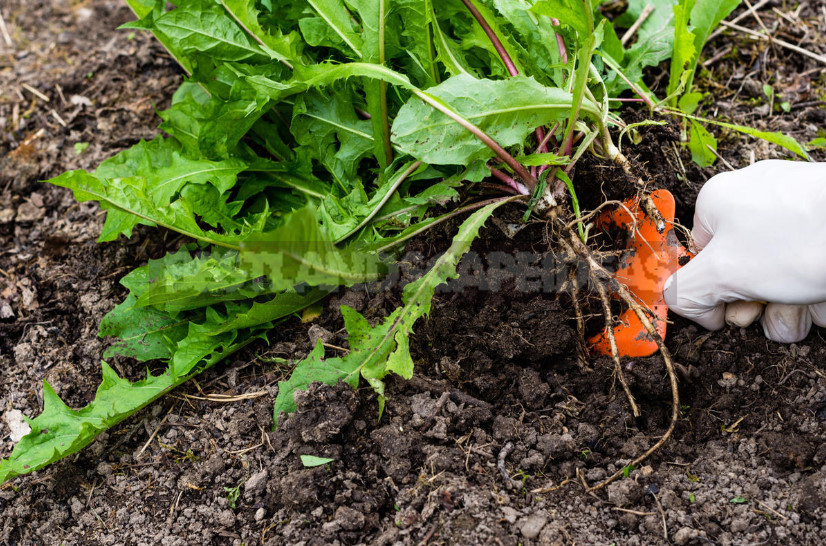
During the season, regularly remove weeds near the raspberry plantation and directly under the bushes – beetles after coming out of hibernation first of all inhabit the weed vegetation. If there are no such “lures” near the rows of raspberries, the beetles will move to other places.
Folk remedies
According to experienced gardeners, Byturus tomentosus surrenders its position under the action of ordinary mustard powder. On the basis of this traditional kitchen product, you need to prepare a solution of 10 liters of water and 100 g of powder and moisten them abundantly raspberry bushes during budding and immediately after the fall of petals from the flowers.
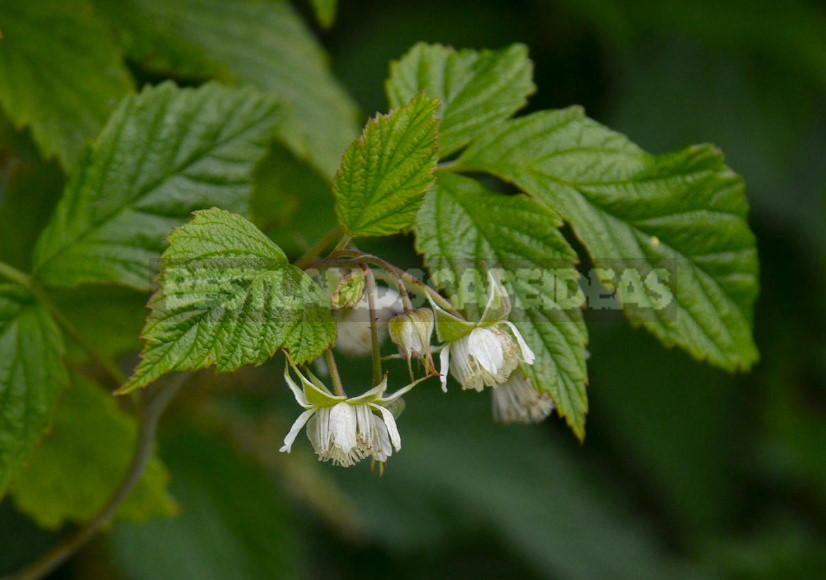
No less effective in this case baking soda. Soda solution (10 tbsp in 10 liters of water) treat the plants just before the flowering – period, Byturus tomentosus when preparing for egg-laying and flock to the bushes. For reliability, the procedure was repeated once more after flowering plants.
Byturus tomentosus does not tolerate the smell of tansy — spraying of plants by decoction on the basis of this herb helps to get rid of pests from the plantation. Since the maximum amount of essential oils tansy accumulates during the flowering period, it makes sense to stock up on raw materials for future treatments (this wild grass blooms much later than the period of budding raspberries) or buy a finished product in a pharmacy.
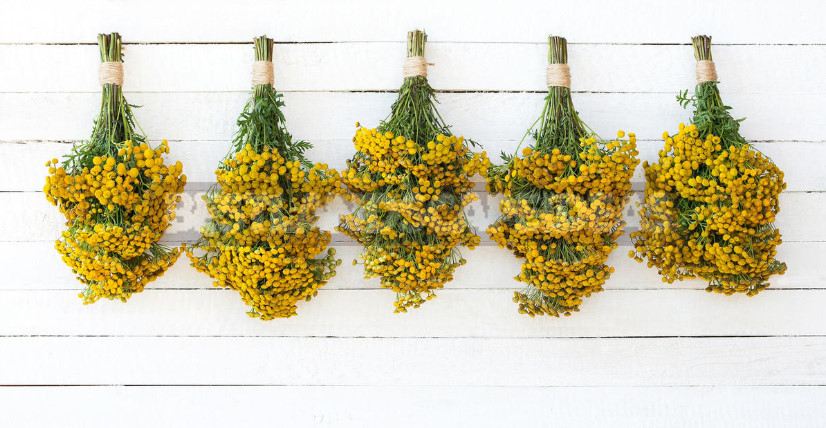
2 packages of pharmacy grass pour 1-2 liters of hot water and insist a day. Then the infusion is put on the fire and simmer for about half an hour. After that, the broth is filtered, bring the volume to 10 l and spray the bushes before and after flowering. The same is done with personally collected grass, using 10 l of water 150-200 g of dried herb (inflorescence shoots with a length of 10-15 cm).
Tobacco dust has proven itself in the fight against Byturus tomentosus – this natural insecticide is sold in any horticultural store. To prepare a working solution of 250-300 g of tobacco dust, pour 10 liters of hot water and leave to infuse for 2 days. Then the odorous liquid is filtered and used for spraying raspberry bushes at the same time.
Chemicals
If the main goal for you is the rapid elimination of “livestock” Byturus tomentosus, and folk recipes seem tedious to use, use chemical insecticides. They are in a few hours after spraying plants will lead to the death of the entire hordes of pests.
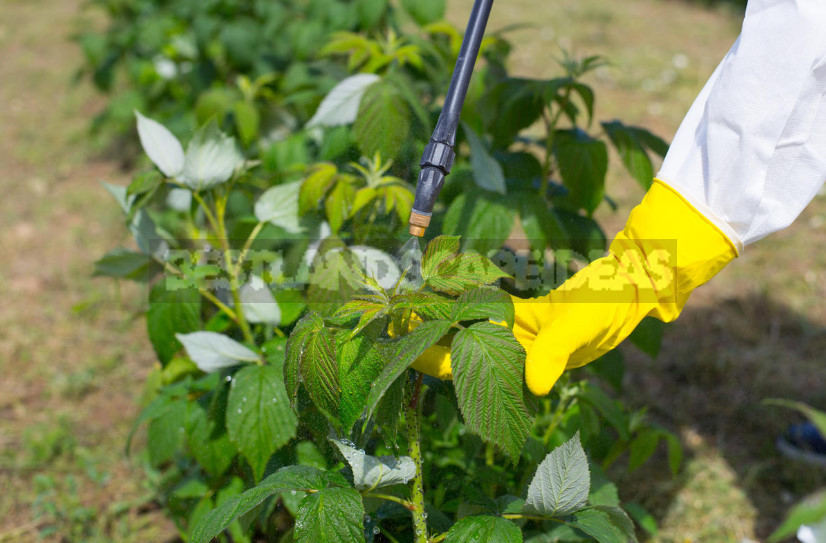
Biologicals
Chemistry captivates its effectiveness, but has a devastating effect on all other insects, including useful. If you do not want to harm the environment, adopt more gentle biological drugs.
Bioinsecticides do not accumulate in plant tissues and help to obtain an environmentally friendly harvest. However, the use of such drugs depends on weather conditions and air temperature. Therefore, before buying a particular insecticide based on beneficial microorganisms, carefully read its instructions for use.
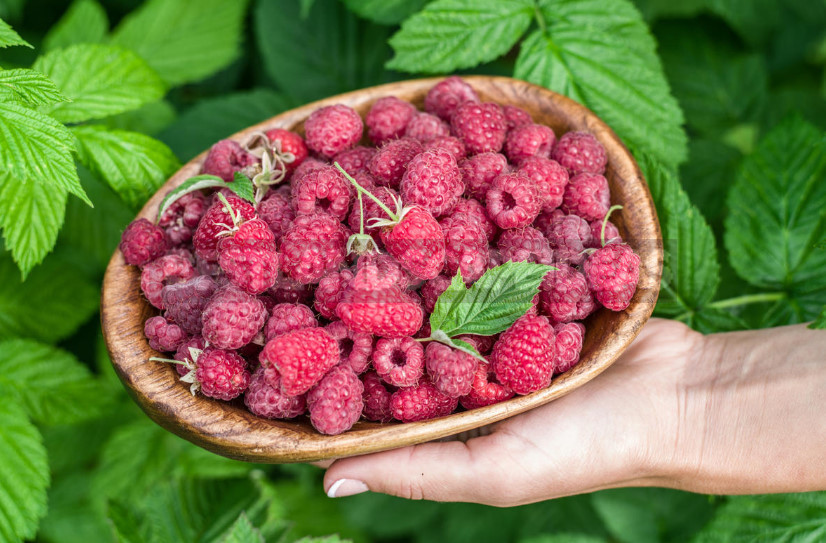
If in the current season your raspberry crop was damaged by the larvae of Byturus tomentosus, in the future do not be lazy to use the above tips and protect the landing from the attack of a new army of pests. After all, once you find a single “kids” Byturus tomentosus in berries, you can in the future completely lose the crop.
Surely among the readers there are those who faced Byturus tomentosus “face to face”. Share with us in the comments of your experience with this pest.
